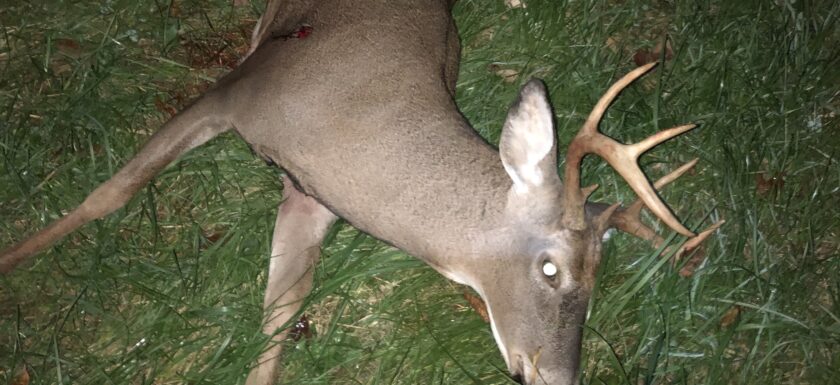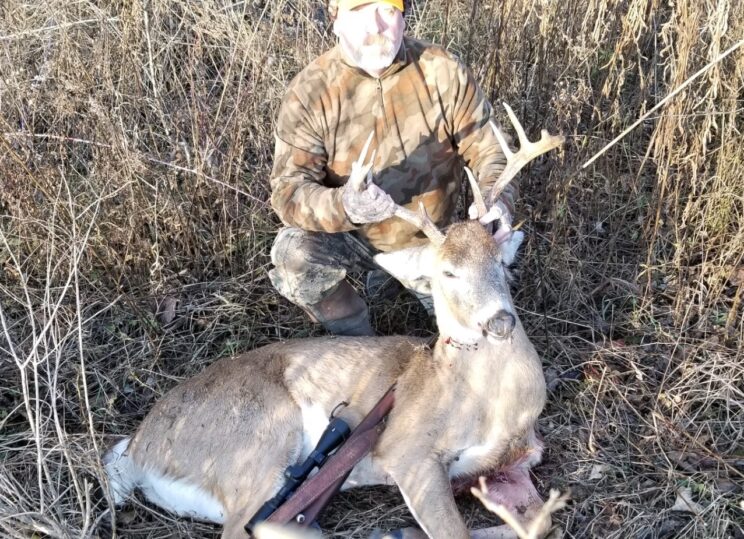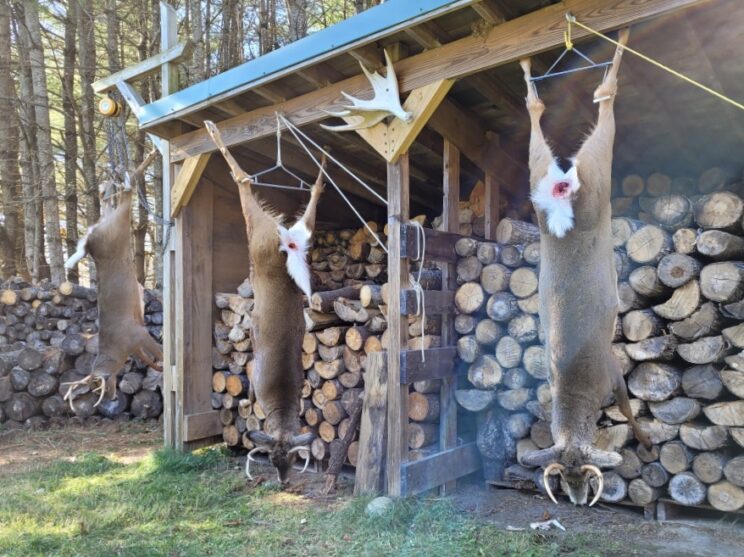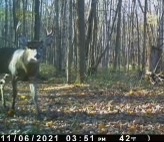
On a recent visit to my friend Fick’s hunting camp, on the banks of the upper Indian River in Lewis County, the dinner discussion began. The topic? Deer hunting. What else. While enjoying a cold beer and plate of fried wood duck breasts over wild rice, I posed the questions and Fick gave the answers and explanations. And then I questioned his explanations and answers. Our usual routine.
The terrain we hunt around Fick’s camp is the most rugged country I have hunted anywhere on the planet. (The only exception is the Canadian Sub-Arctic or Taiga). At Fick’s camp, we are surrounded by vast tracts of upland and lowland, conifer and hardwood. It is a giant piece of extreme Canadian Shield topography that Fick’s late father Lee used to aptly call “The land of rock and water”.

Fick’s modest deer camp sets on a big piece of bedrock overlooking the river across from the US Army base known as Fort Drum. The extreme environment and challenging terrain of the area was the very reason why The United States Army decided to train its most elite army — The 10th Mountain Division — in this location. My guess is the Generals figured; “If you can raise an Army that can navigate, live, even prosper, deep into this country, well, you can win a war anywhere”.
On the edge of the Adirondack Mountains, in the land of rocks and water, the deer are big and scarce. The public hunting land is vast and hunting pressure is low. Deer hunting consists of endless searching for active deer sign using still hunting techniques. We are on-foot trying to move through the forest undetected. Pretty challenging. Now that the NYSDEC requires each firearm hunter to wear blaze orange, the sneaking up on deer has become even more challenging! Still hunting is exciting and active, but has a very low success rate. In our minds, a buck of any size, when harvested while still hunting in the land of rock and water, is a trophy well earned.

The eastern Finger Lakes is home. And we get after the deer in the farmland, hardwoods, and overgrown thickets of the region . The terrain is easy in relative terms. It is a land of inexhaustible agricultural food sources, healthy populations of big whitetail deer, private land, and high hunting pressure.
In farm country, almost all hunting is spent in a tree or ground blind. As in still hunting, finding fresh deer sign and being able to position your self down or across wind from approaching deer, are key elements. But that’s about where it ends.
In fact, with modern day trail cameras, easy access, private land, and an abundance of deer, the hunting becomes more of an assassination than a hunt. You can find the travel corridors of the deer easy. Then put up the cameras that send images to your smart phone, and you then pattern the deer. Sight the bow or gun in well, then conceal yourself 15 to 20 foot off the ground in a tree and shoot the deer in the chest as it walks by.

This method is known as stand hunting. But it is best described as deer shooting or deer assassination. This technique accounts for the great majority of all deer and mature bucks harvested in Upstate New York. I am no expert at either technique. But Fick is. Just ask him.
The meat and potatoes of our post-dinner discussion (or debate) at deer camp that evening was not about technique. We attempted to flesh out how each individual hunter defines a trophy deer. We both conclude it is a personal choice.
The technical and competitive side of man, many moons ago, developed the parameters of antler length that determine a whitetail as a bonified trophy. This method of measurement developed by Pope and Young, Boone and Crockett, and the New York State Big Bucks Club, defines the accepted and irrefutable way to call a buck a trophy. For many hunters, however, characteristics such as demography, geography, age, economics, and even personality are perhaps the traits that determine a particular deer as a trophy.

